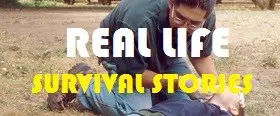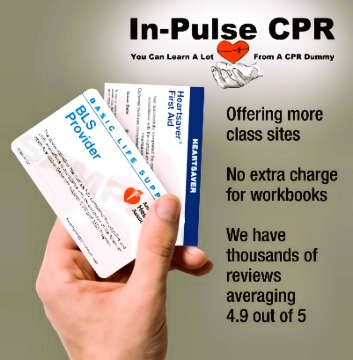Don’t get more than you asked for during the Holidays
The Holidays are, of course, a great time to reconnect with friends and family. Smiles and stories are shared as we all take a break from the grind of our busy lives. However, it’s not uncommon to also share germs during the flu season, and people tend to gain weight as the weather gets cooler and the food becomes more indulgent! Here are some tips to help you stay happy and healthy during your holiday travel and visits:
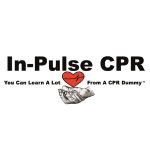
– Carry disinfectant wipes with you. Bus rails, arm rests, airport chairs… all of these surfaces are germ magnets. Wipe down any surfaces that you might find yourself coming in contact with as you traverse bustling public areas during the holiday traveling season.
– Use hand sanitizer. As an additional defense against surface-borne bacteria and viruses, use hand sanitizer to help keep your hands germ free when a proper hand wash can’t take place.
– Don’t skip the treats, but don’t over indulge either. If you are going to be around a lot of tempting desserts and junk food, try chewing some gum. Not only does it “trick” your brain into thinking you are eating, but grandma’s peanut butter cookies will probably be a lot less tempting with a mouthful of spearmint gum.
– Get a flu shot! Sure, they aren’t always 100% effective, but it’s certainly better than nothing. The very young and very old are the most susceptible to the flu’s worst symptoms, but weeks of illness aren’t likely to fit into even the healthiest person’s schedule.
– Rest! If you find yourself under the weather, get as much rest as possible. The extra time off from work that the holidays bring is a great opportunity to try to catch up on sleep and hibernate for a while. Your body will thank you.
– Drink plenty of water and moisturize. As the weather cools down and the days get shorter, it’s easy to forget to stay hydrated. However, drinking plenty of fluids is not a rule that just has to be followed in the summer. Dry sinuses are a goldmine for the common cold, and dry, rough skin on your hands provides more surface area for bacteria and viruses to cling and find their way to your face. Put a bottle of lotion next to your sink to remind yourself to lather it on after your wash your hands.
– Don’t forget others! The holidays can be a very difficult time for those suffering from depression or in the wake of a family loss. Take the time to give not only gifts this year, but also your time and attention to people you know who might be having a hard time emotionally. Is there an extra spot at your holiday table?



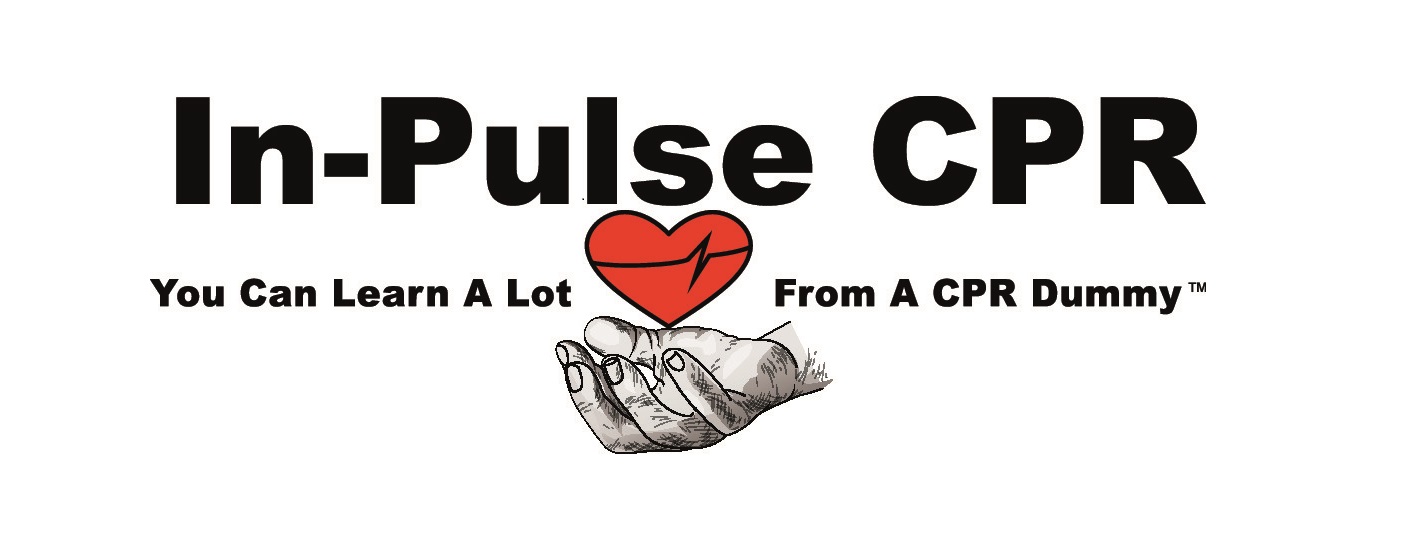



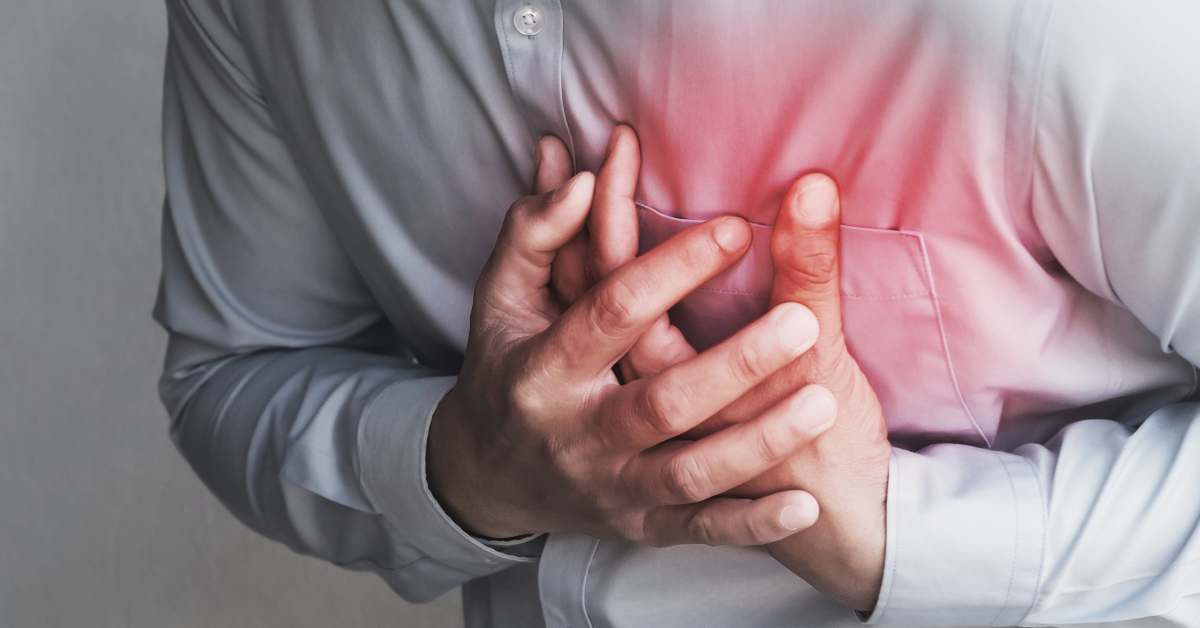
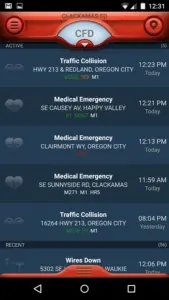 On seeing that Trebbin was unresponsive and had no pulse, witnesses dialed 9-1-1, summoning professional first responders. Simultaneously, a nearby off-duty ER physician was alerted via her Smart Phone of this emergency just blocks from her home. Arriving before the first responders, she performed CPR on Trebbin until police arrived with an Automated External Defibrillator, or AED, which she used to re-establish productive heart rhythm. She then accompanied Trebbin via ambulance to the nearest hospital, which happened to be the hospital at which she worked.
On seeing that Trebbin was unresponsive and had no pulse, witnesses dialed 9-1-1, summoning professional first responders. Simultaneously, a nearby off-duty ER physician was alerted via her Smart Phone of this emergency just blocks from her home. Arriving before the first responders, she performed CPR on Trebbin until police arrived with an Automated External Defibrillator, or AED, which she used to re-establish productive heart rhythm. She then accompanied Trebbin via ambulance to the nearest hospital, which happened to be the hospital at which she worked.

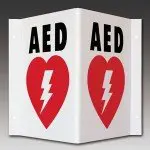

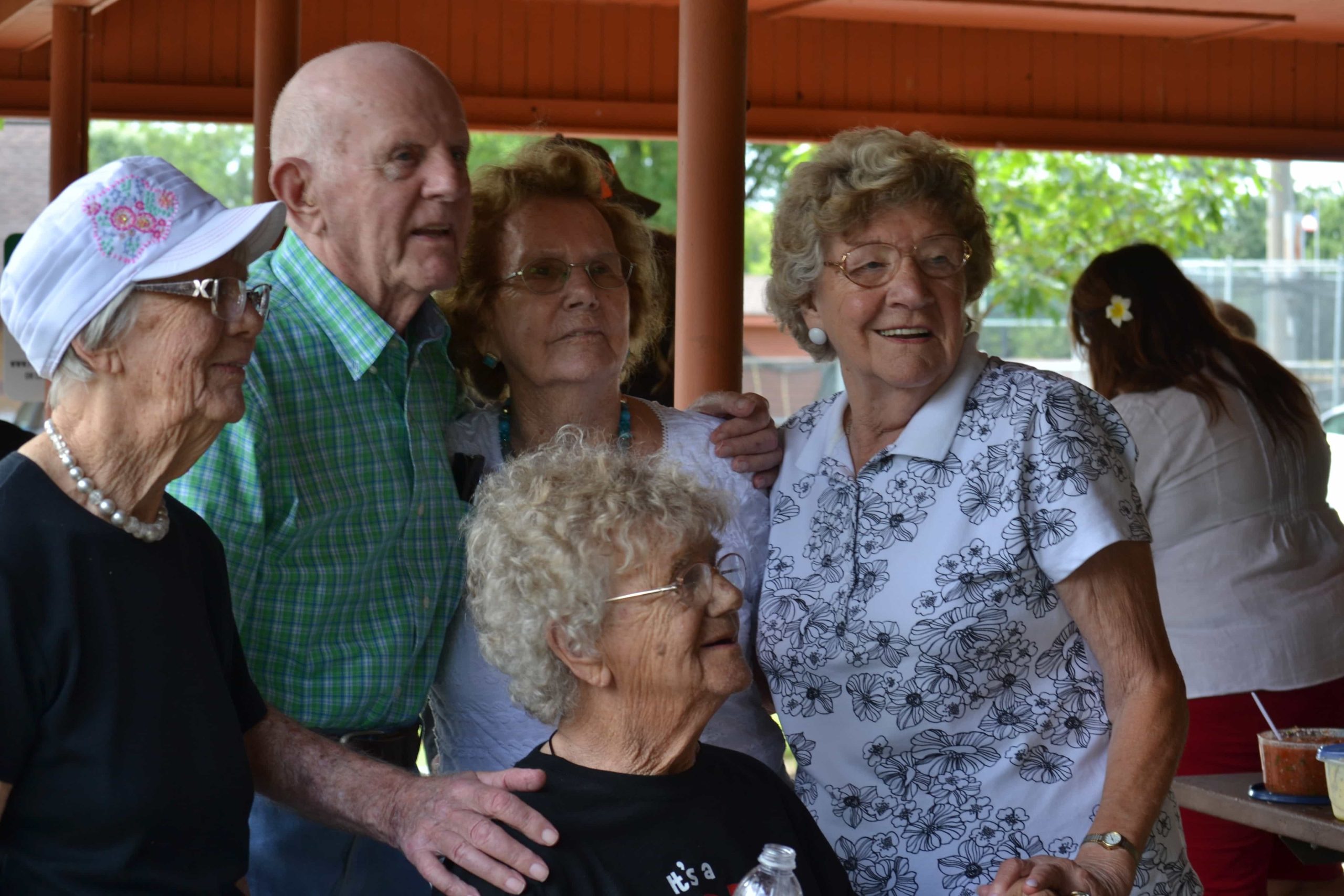
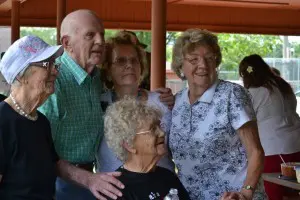
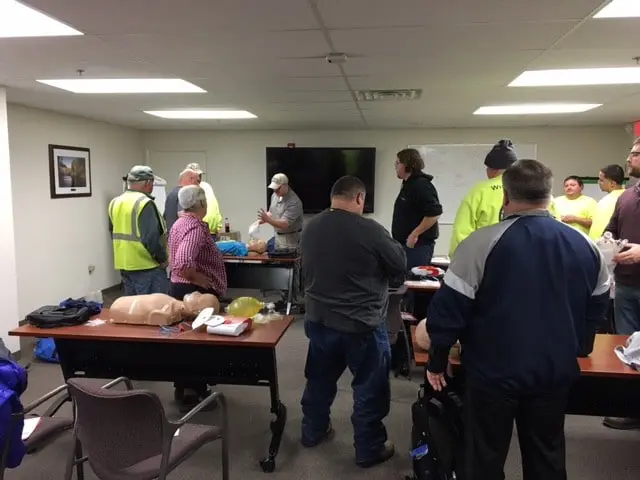
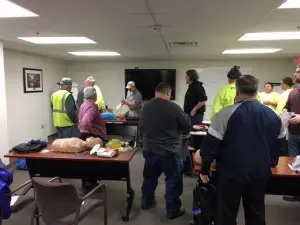

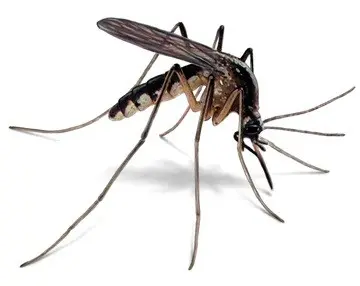
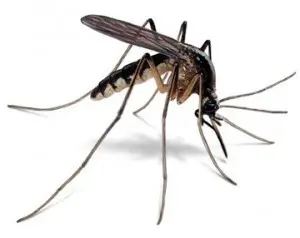
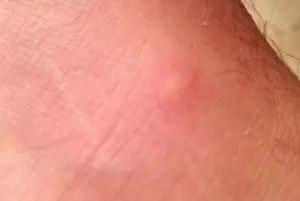

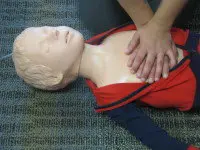

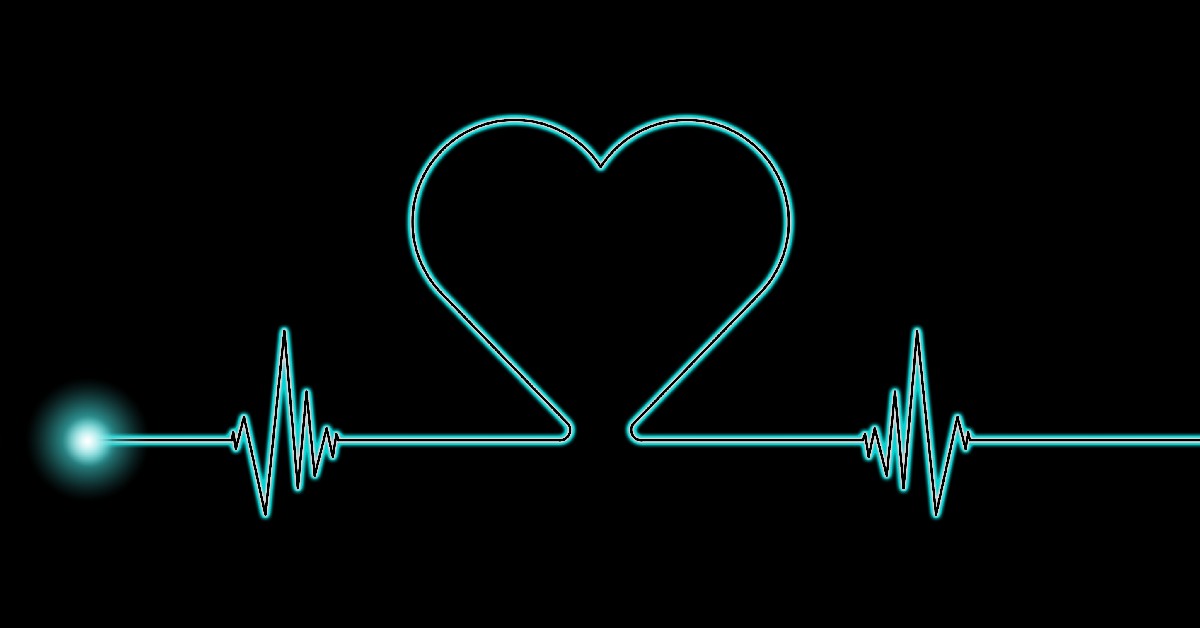

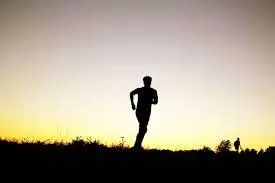 from cardiac arrest and fall to his knees. After all, Todd, a 27-year-old athlete, had no reason to consider
from cardiac arrest and fall to his knees. After all, Todd, a 27-year-old athlete, had no reason to consider